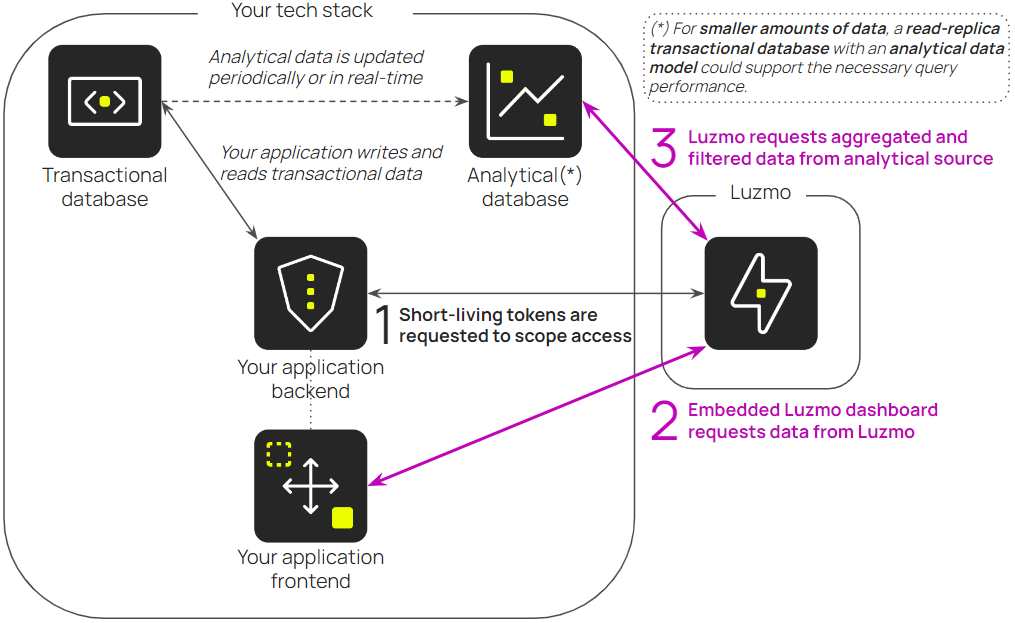Designing effective data models for analytics
A sustainable and performant reporting environment (i.e. dashboards inside your application) starts with a solid and modern data architecture. Sadly, this kind of data architecture doesn’t happen by accident, nor is purchasing and installing the latest and greatest shiny new technologies enough to create it. Rather, the design and creation of modern data architecture is a process that brings in the whole organization, stimulating new ways of thinking, collaborating, and planning for data and information requirements. It’s an opportunity for business decision makers to sit down with colleagues from IT and figure out the critical details of their business; what information they need in order to propel the business forward and how to capture and harness that information.
In this course, we will guide you through your first steps in the world of analytical data modeling. We will start by explaining the fundamentals of a typical transactional data model, and highlight its main challenges in supporting transactional and analytical data access patterns. Next, we will introduce the concept of a common analytical data model called a "star schema", and walk you through the typical process to design and evaluate your first star schema. By the end of this course, you should have a solid understanding of analytical data modeling principles, and be equipped with the knowledge and skills to start designing effective and scalable data models for performant customer-facing analytics.

Course overview
Introduction
Designing analytical data models
- Optimized analytical data storage and retrieval using Star schemas
- Gathering initial requirements to kickstart analytical data modeling journey
- Evaluating and prioritizing business processes
- Tips & tricks when creating analytical data models
Next steps
- Improving the consumption of analytical data models
- Maintaining your analytical data model(s)
- Summary overview of the course
Join us on this journey and unlock the power of data-driven insights! Let's kick off in the following article by diving into the typical transactional data models that power applications around the world, and why those are typically too complex and not performant enough for customer-facing analytics.